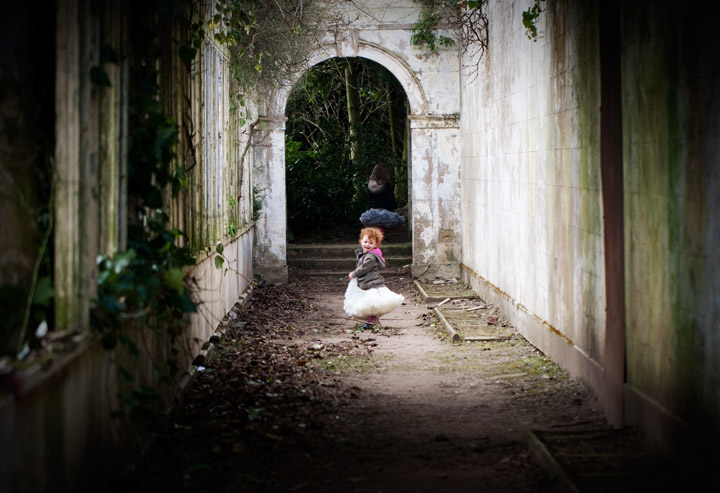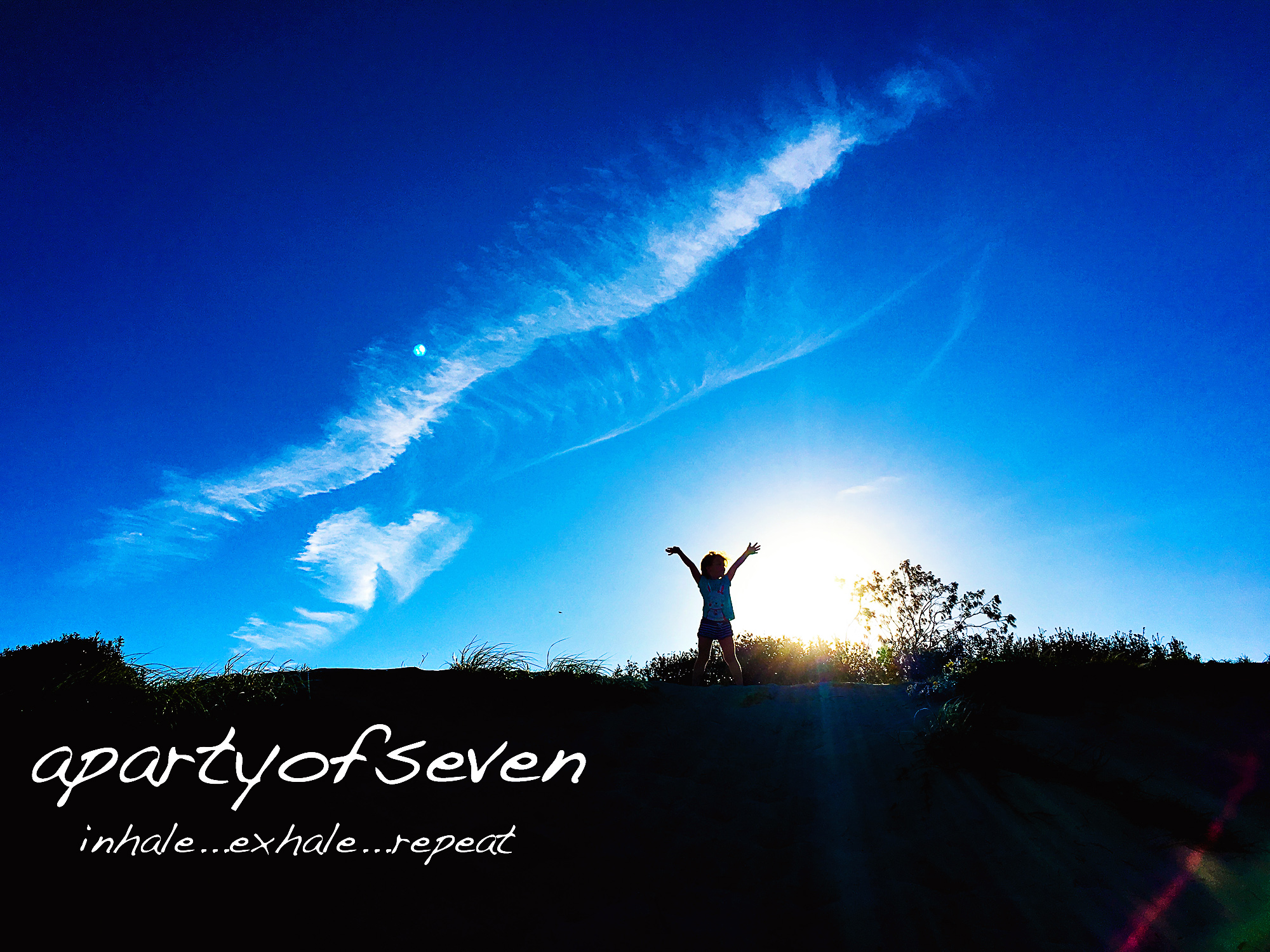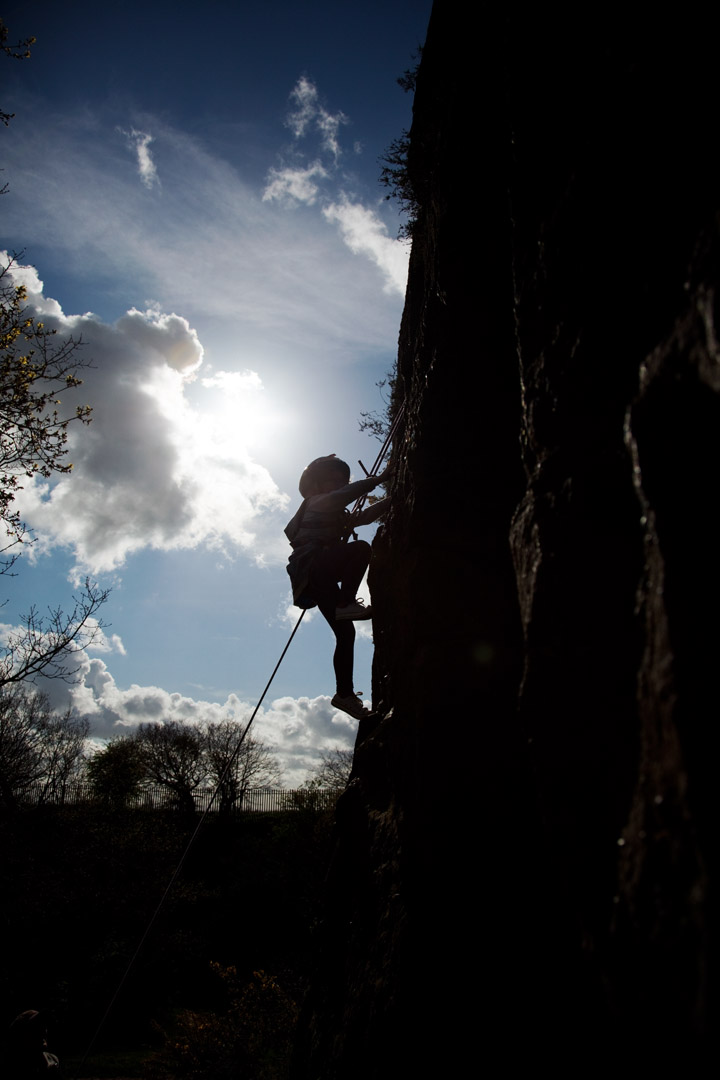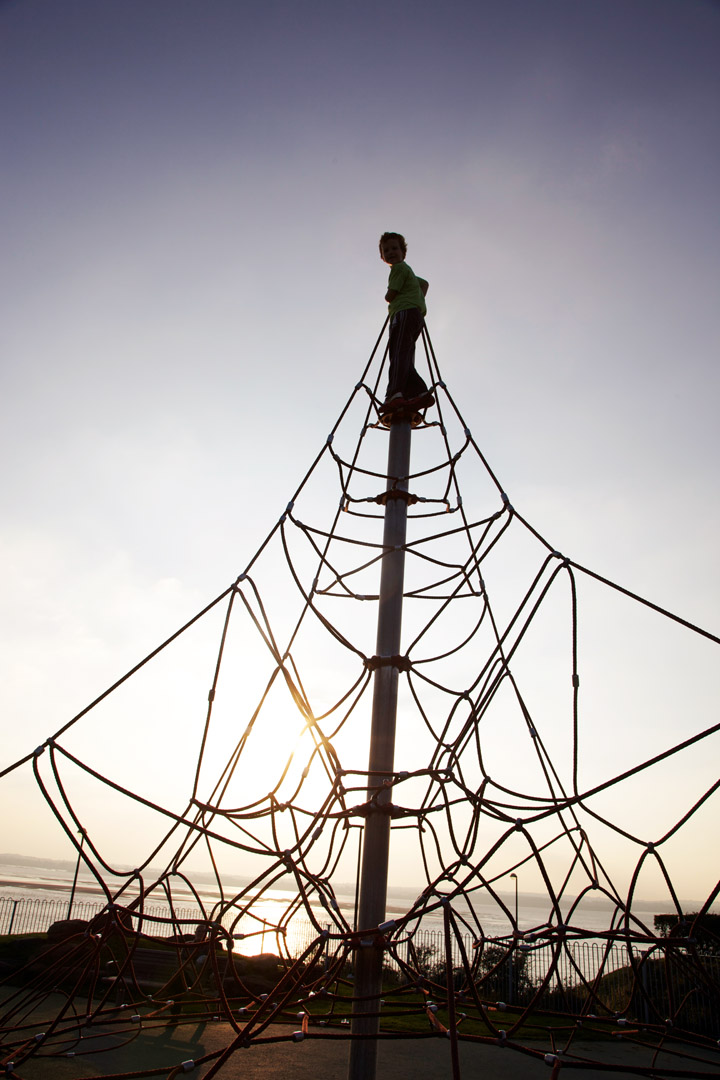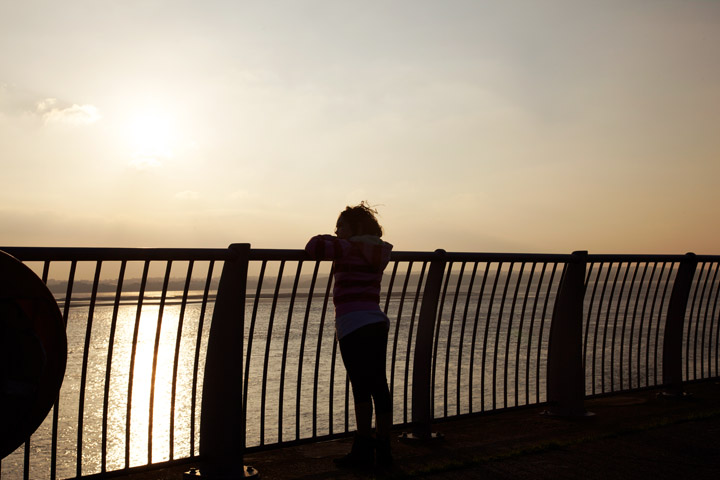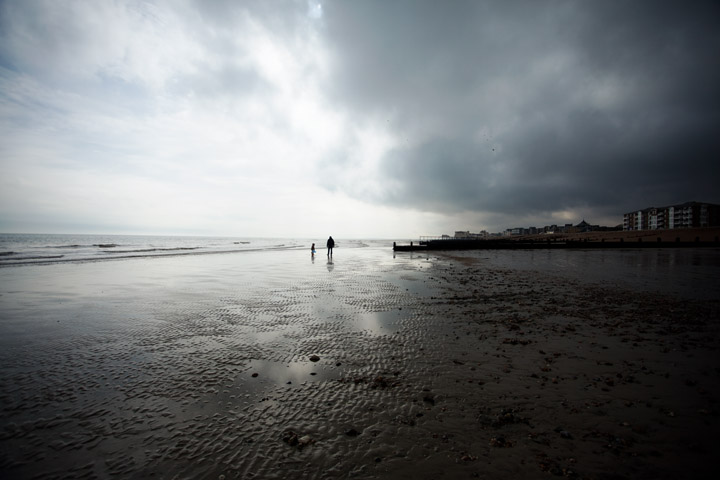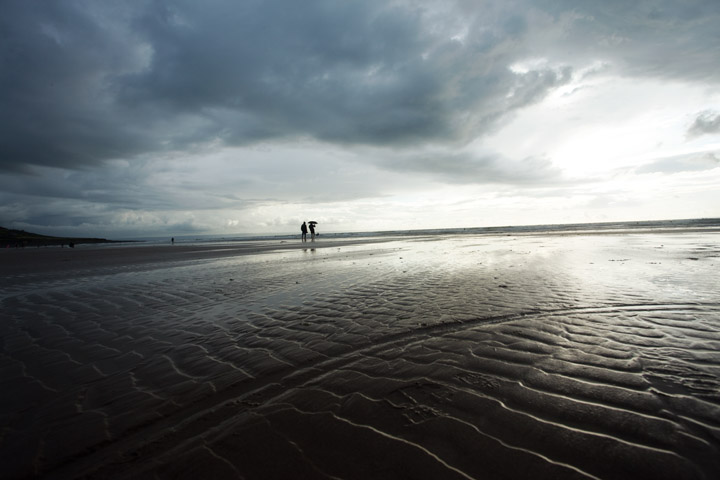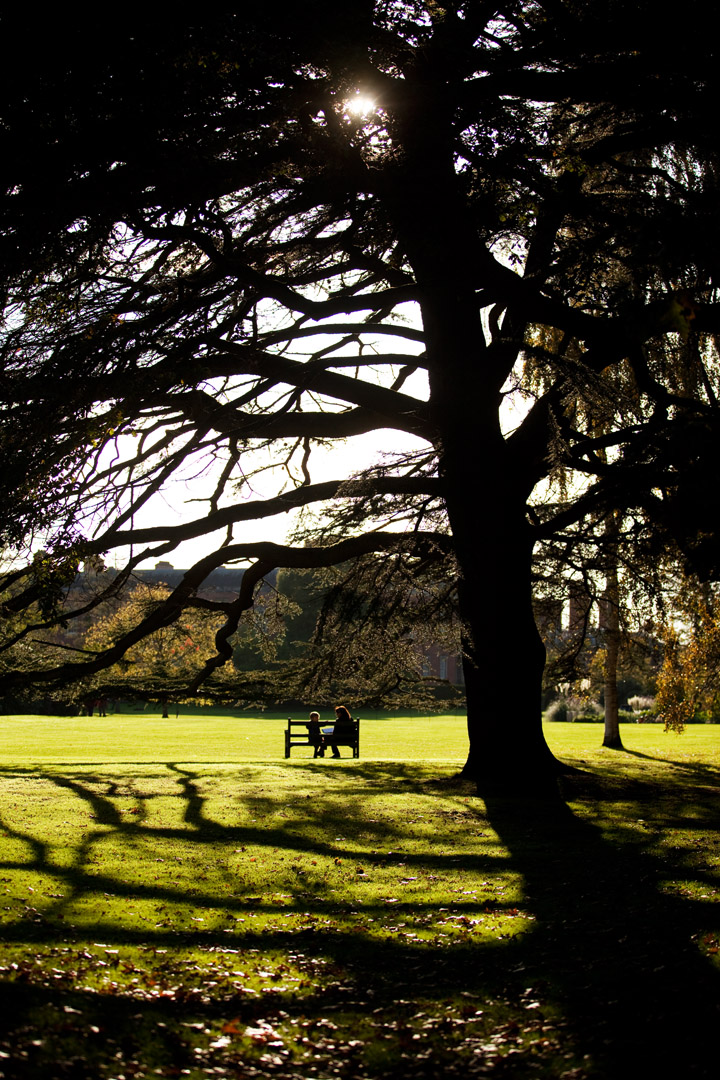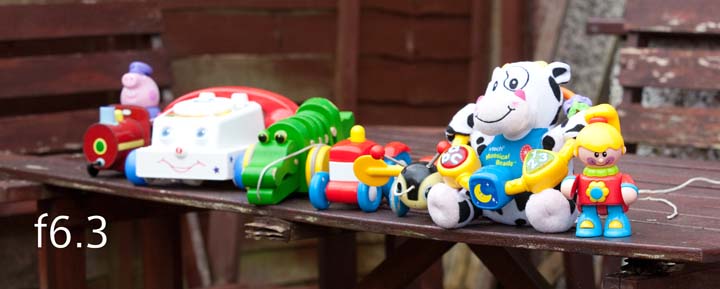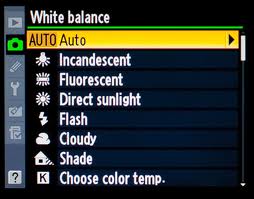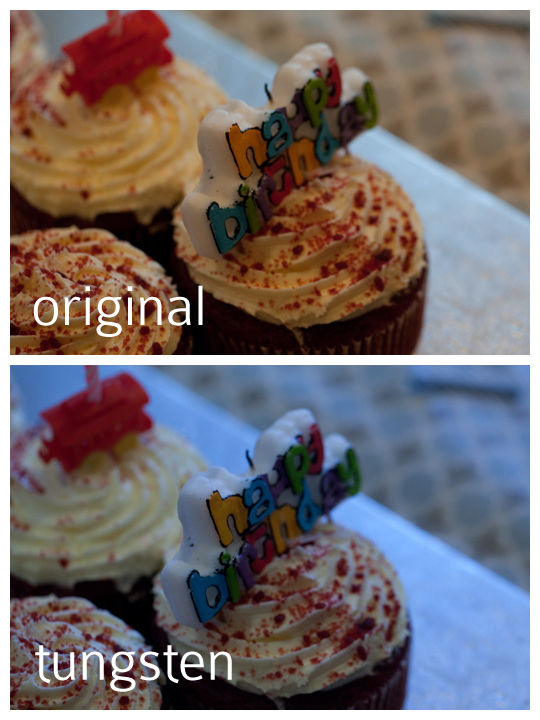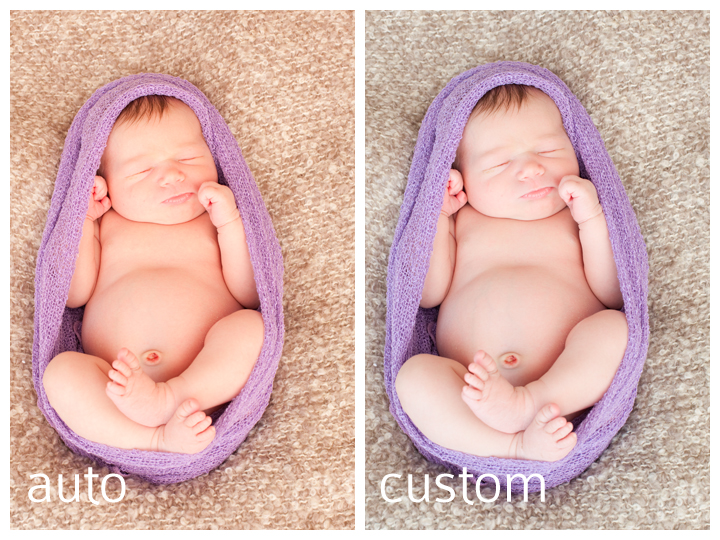The question i probably get asked the most..apart from how do i get my kids to sit still for a photo 😉 is ‘what lens should i go for?’
A lot of people have no got dslr’s and the fabulous thing about these cameras is that you can choose from an army of possible lenses that do all sorts of different things. So where do you start?
Let talk a little bit about what the lenses actually ‘do’ Generally speaking you can choose between zoom or prime lenses. A zoom lens…er….zooms and a prime lens doesnt. Easy peasy
The focal length is a measurement that is usually measured in millimeters and very simply put will effect how close or far your subject appears from you when you are looking through the viewfinder.
The merits of prime.
Personally some of my favourite lenses are prime lenses. The benefits of prime lenses are that often they are sharper and can bust out some pretty wide apertures ,meaning that you can create more of those dreamy blurry backgrounds that we all love and the added benefit of shooting at a wide open fstop is that you are letting more light into your camera. Hands up who takes a lot of pictures inside?
Well if you don’t live on a house that light pipes funnelled into the ceiling or an entire wall of glass open to light then this factor really helps! Canon and Nikon both have a relatively cheap 50mm prime lens..fondly referred to as the nifty fifty 😉
The merits of zoom.
What zoom lenses might lack in crispness they make up for in flexibility and function. A zoom lens allows you to use multiple focal lengths. Which is good for those of us who want to stand over the other side of school playing field on sports day and zoom in on little Johnny doing the sack race.
But try to remember that no zoom lens works at its best at its most maximum output. So you might think you’ve snapped him clearly coming across the finish line in first but ultimately it may be exceptionally blurry. Another thing that a cheaper zoom will do is change the aperture as you punch out the zoom. This is something that lots of people get stumped by. You have a nice shot all lined up, perfect lighting and everything…you think to yourself ill just zoom in a bit then you snap the shot and it is dark. The reason for this, is variable aperture. These lenses cannot maintain a wide open aperture when they are changing their focal length.
Make sense? no? well what it means is that it will allow less light in because it will automatically change the aperture whilst you are using the zoom. So you just need to think about your light.
There are zoom lenses that can maintain the aperture throughout…but they are pretty pricey. Not that there is much that isnt in photography to be honest 😉
Focal length
There are so many different options when it comes to focal length.
Wide angle: as suggested, it has a wide angle, great for when you want to get as much in your picture as possible, they can distort the view though..so if you have a person right at the edge of your frame they might take on an interesting bend! A bit like the funfair! But i think they can make for some very dramatic shots although you have to be careful as they can be a little unflattering on faces. less than 20mm – extreme wide angle (fish eye) 20-35mm – wide angle
Standard and portrait lenses take images that are much more flattering to the human eye. Standard focal length (50mm) is what the human eye ‘sees’ naturally. Apparently it is the lens that a forensic photographer would use as it most truthfully depicts a scene! 35-70mm (standard angle) 70-105mm (portrait)
Telephoto: magnify a given object, making them seem closer – anything 105mm and up!
I could go on and on about lenses. Most pro photographers will always say ‘its all about the glass!’ That meaning its all about the quality and ability of your lens rather than your camera. Might be food for thought eh?
Here are some examples…

beautiful 50mm lens with its wide aperture, you can create lovely depth of field and you can pick out those lovely details

60mm macro lens. I really loved this lens then had to say goodbye when i moved to a different camera body that it wouldnt fit onto. 60mm f2.8

35mm medium wide lens and you can get some detail and show more of a scene. The very beautiful Miss Violet 🙂

190mm f3.5 Using a telephoto lens can get you up close and personal to your subject, so you can capture those little moments without being in their faces!

one of my favourites again, the 50mm. True to the eye and perfect for capturing those details…especially inside!! This was in quite a dark living room.

35mm again capturing more of the scene…

A true portrait lens of 70mm. This was taken with my 70-200mm lens.

This is what i was talking about with regards to extreme wide angle. This is 17mm. You can see the bending effect. I think it works quite nicely with this image though.

105mm portrait. Good thing about telephoto lenses is they can give you that lovely blur or ‘bokeh’ behind your subject

15mm fish eye – extreme wide angle but i think the quirkyness of this image works really well as it has strong lines made by the railway lines. Love this little lens. Its fun!!
I am by no means a total expert but if none of this makes sense shoot me a comment on twitter @apartyofseven and ill do my best to help.
Happy shopping 🙂

